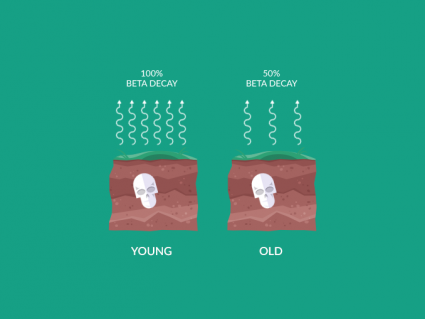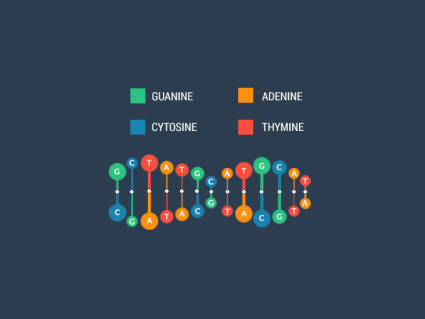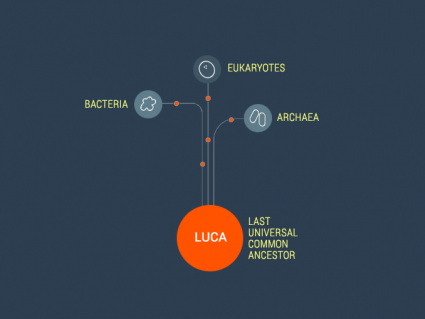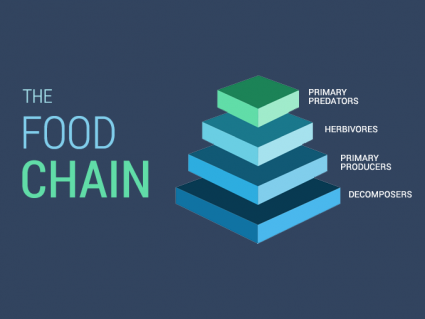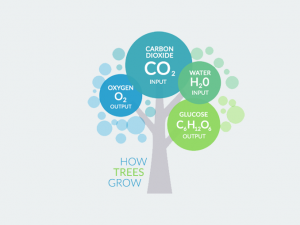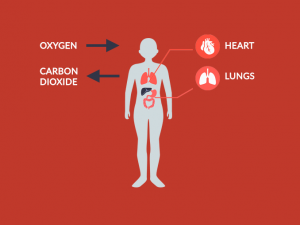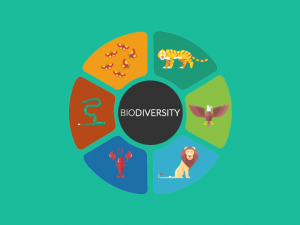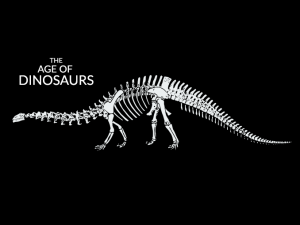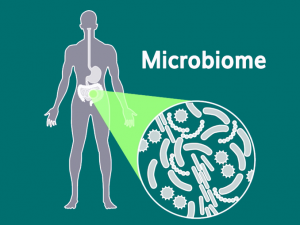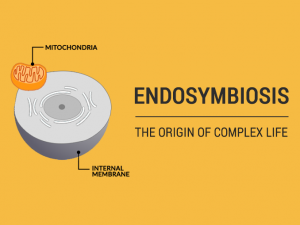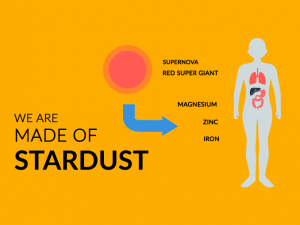Genotype vs Phenotype: Our Genes in Action

Your Genetic Blueprint
In the world of genetics, genotype and phenotype are key concepts. Your genotype is the genetic blueprint that you inherit from your parents. Phenotype is how this blueprint shows up in you, like your height or eye color. Let’s look at genotype vs phenotype in more detail.
What Is a Genotype?
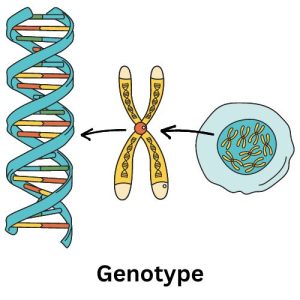
Think of your DNA as a recipe. This recipe is what we call your genotype. It includes all the genetic information passed down from your parents. This information decides everything from your eye color to how tall you grow. But, just like in cooking, the outcome can vary.
Genes come in different versions, called alleles. These can influence how these traits appear. For example, alleles determine whether you have blue eyes or brown. While the basic recipe remains the same, these variations in alleles can create different outcomes.
What Is a Phenotype?

Think of a phenotype as what you can see. It’s all about the traits that show up, like your hair color, height, or even your shoe size. While your genes (genotype) are the recipe, the phenotype is the finished meal on your plate.
But the story gets more interesting when you consider how the environment plays a role. Just like how the same cake recipe can turn out differently in a toaster oven versus a professional baker’s oven, your environment can influence how your genes are expressed.
The Relationship Between Genotype and Phenotype

The relationship between genotype and phenotype is like the connection between a blueprint and a building.
Your genotype is the blueprint. It’s the set of genetic instructions you inherit from your parents. Like hidden code inside your cells, your genotype maps out your physical traits.
The phenotype, on the other hand, is the actual result. In our blueprint scenario, it’s the actual building. But for our bodies, it’s the visible and measurable traits like your eye color and height.
Mendel’s Law
Mendel was a scientist who discovered how traits are passed down from parents to kids using pea plants. His two major theories are as follows:
1. Law of Dominance and Uniformity

Imagine having a loud and quiet friend. If they both talk at the same time, you’ll mostly hear the loud one. In plants, if one gene (the loud friend) is stronger (dominant) than the other (recessive), its trait will show up, while the weaker one will be less noticed.
2. Law of Segregation
Imagine every pea plant has two socks (genes) for each trait, one from each parent. When plants make baby plants, they only give one sock from each pair. So, the baby plant gets one sock from the mother and one from the father. These gametes are selected randomly.
3. Law of Independent Assortment
Think of a scenario with different flavors of ice cream and toppings. When you choose a flavor of ice cream like chocolate or vanilla, it doesn’t affect if you pick sprinkles or nuts. In plants, having one trait (like tall or short) doesn’t decide another trait (like seed color). Each trait is mixed up and passed on separately, creating lots of unique combinations.
Gregor Mendel’s discoveries help us understand how parents pass on traits to children. This is why he’s known as the father of genetics.
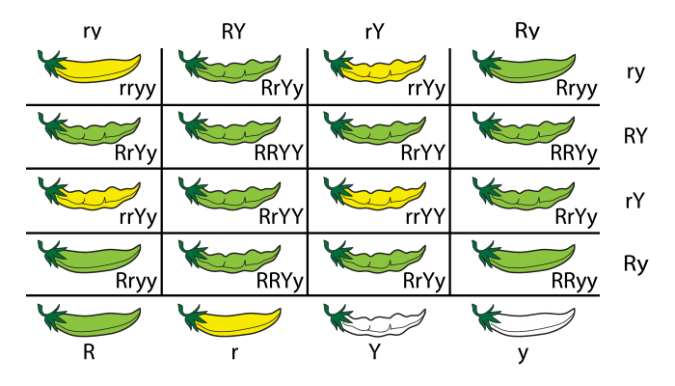
Genetic Variation and Evolution
Genetic variation and evolution make life on Earth diverse. Genotypes give the hidden code for potential traits, while phenotypes show these traits. Together, they drive the change in variety we see in all living things.
We hope you liked our article on genotype and phenotype. Please share your questions with us in the comment section below.

